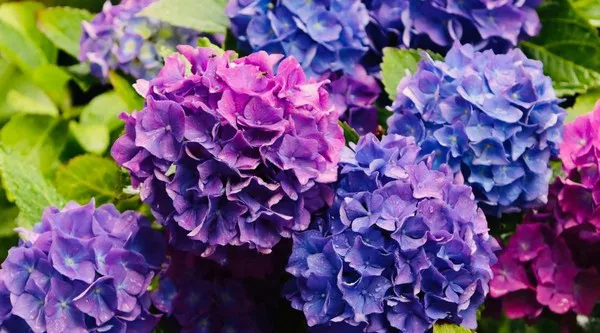Flowers have enchanted us for centuries with their vibrant colors, delicate petals, and enchanting fragrances. They are a symbol of beauty, love, and celebration. However, like all living things, flowers too have a finite lifespan. Understanding how long flowers can last without water is crucial, whether you’re a professional florist or someone who simply appreciates the charm of freshly cut blooms.
The Natural Lifespan of Cut Flowers
Every flower species has a distinct natural lifespan. Some flowers, such as roses, lilies, and sunflowers, naturally last longer after being cut than others. The life expectancy of cut flowers largely depends on the species, the flower’s age when cut, and the growing conditions. Roses, for example, can last up to a week or more, while delicate daisies may begin to wilt within a day.
Initial Hydration and Conditioning
The key to prolonging the life of cut flowers without water starts with proper conditioning immediately after cutting. Removing excess foliage and making a clean, angled cut at the base of each stem allows the flowers to absorb water efficiently. Placing freshly cut flowers in a container filled with water and floral preservative aids in initial hydration and nourishment. Proper conditioning can extend the lifespan of flowers by several days.
Water Quality Matters
The quality of water used to hydrate and maintain cut flowers can significantly impact their longevity. Clean, room-temperature water is ideal. Avoid using softened water, as the sodium content can harm the flowers. Replacing the water every few days helps prevent the buildup of harmful bacteria and fungi that can hasten the decay of flowers.
Temperature and Environment
The environment in which cut flowers are kept also plays a crucial role in their longevity. Flowers generally fare better when kept in a cool place. Exposure to direct sunlight, high temperatures, or drafts can cause the flowers to wilt more quickly. Maintaining a consistent and moderate temperature helps prolong their beauty.
Humidity Levels
Proper humidity levels can make a substantial difference in the lifespan of cut flowers. In dry climates or indoor environments with low humidity, placing a container of water near the flowers or using a humidity tray can help maintain the moisture level, preventing the petals from drying out prematurely.
Ethylene Gas Exposure
Ethylene gas is a naturally occurring plant hormone produced by fruits and certain vegetables. It can accelerate the aging process of cut flowers. Storing flowers away from ethylene-producing fruits, such as apples and bananas, can help extend their freshness.
Choosing the Right Flowers
Some flower varieties inherently have longer lifespans as cut flowers. Carnations, alstroemerias, and chrysanthemums are known for their durability and longevity. Consider selecting flowers with longer vase lives, especially for special occasions or when you want your floral arrangement to last.
Re-Cutting Stems
As time goes by, the stems of cut flowers can become clogged with air bubbles or bacteria, inhibiting water absorption. Re-cutting the stems every few days, at an angle, underwater, helps to ensure that the flowers can continue to take up water and stay fresh longer.
Use of Floral Preservatives
Floral preservatives are designed to provide nutrients, acidity regulators, and antibacterial agents to cut flowers. Using these additives in the water can extend the life of your flowers by several days. Be sure to follow the manufacturer’s instructions for the correct dosage.
Display and Handling
The way you display and handle cut flowers also influences their longevity. Avoid touching the petals or leaves excessively, as the oils and dirt on your skin can harm the flowers. Use a clean vase and keep the water level high to prevent air from entering the stems.
Signs of Aging and Decay
Even with the best care, cut flowers will eventually show signs of aging. Petals may start to wilt or discolor, and the flowers may droop. When this happens, it’s essential to remove the deteriorating flowers to prevent the spread of decay to the healthy ones in the arrangement.
Drying and Preserving Cut Flowers
If you want to enjoy the beauty of your flowers beyond their natural lifespan, consider drying or preserving them. There are various methods, such as air drying, silica gel, and pressing, that can allow you to retain your flowers for months or even years.
Conclusion
The beauty of flowers, even after they are cut from their roots, is a wonder that captivates us. Understanding how long flowers can last without water and the various factors that influence their lifespan is essential for anyone who appreciates the art of floral arranging. Whether you are a florist creating intricate bouquets or an individual adorning your home, applying the principles of hydration, temperature control, and proper care can significantly extend the beauty of cut flowers. By respecting their natural lifespan and giving them the care they deserve, you can enjoy the elegance of fresh blooms for as long as possible, and even preserve their charm for years to come.


